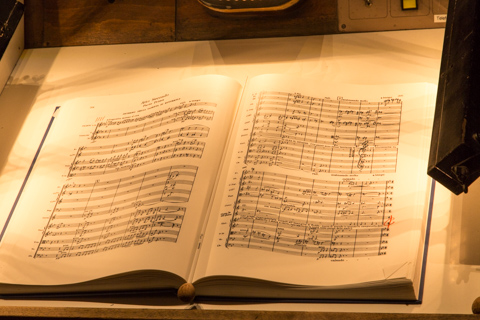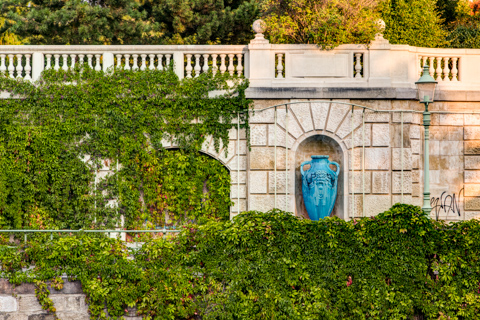
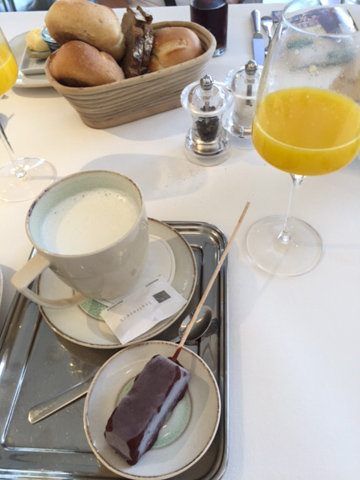
We dined for breakfast at the very popular Restaurant Steirereck which has a great hot chocolate - if in Vienna you must go here and try the hot chocolate. Hot milk is served with chocolate on a stick which you stir until it dissolves in the milk. Wonderful.
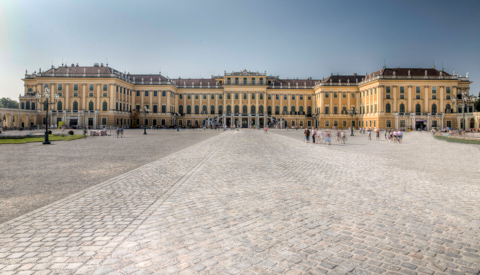
Schonbrunn Palace was the Baroque palace used as the Imperial summer residence with 1,441 rooms.
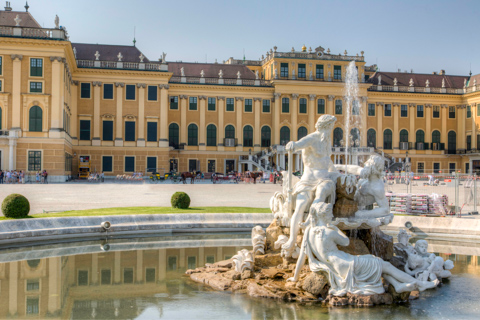
The Schonbrunn Palace in its present form was built and remodeled in 1740-50s during the reign of empress Maria Theresa who received the estate as a wedding gift.
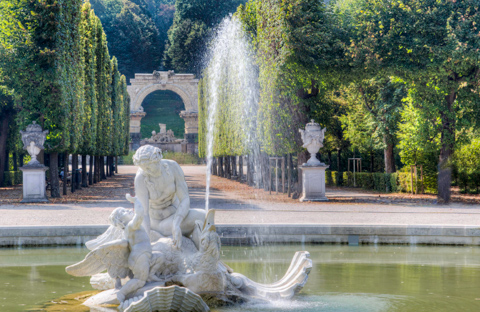
One of the fountains with the "Roman Ruins" in the background.
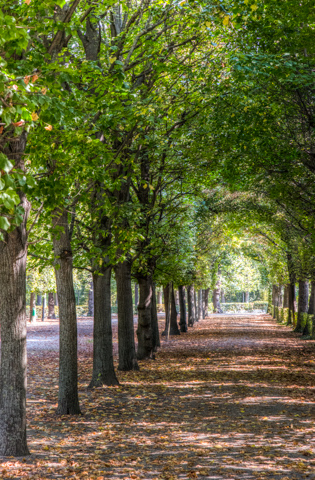


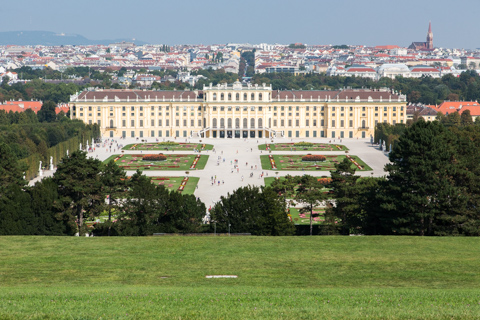
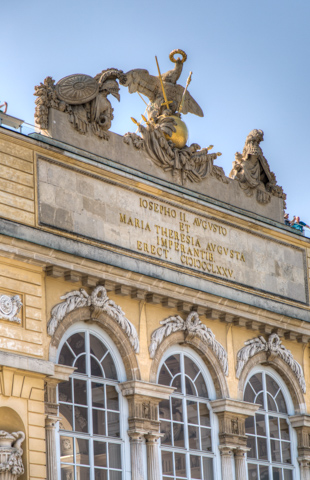
The Gloriette was destroyed in the Second World War, and the structure was restored by 1947.
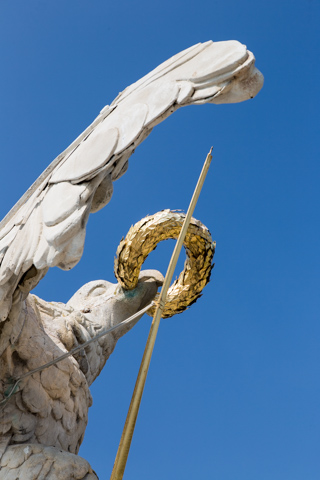
Maria Theresa decided Gloriette should be designed to glorify Habsburg power.

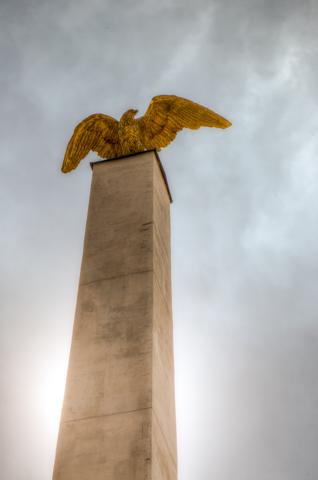
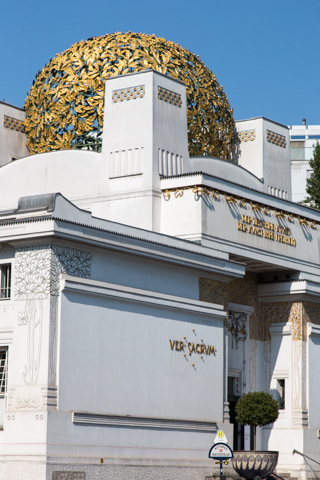
A remarkable gold dome on top of the museum. The laurel leaf is the dominant symbol in the building with 3000 gilt leaves and 700 berries on the dome.

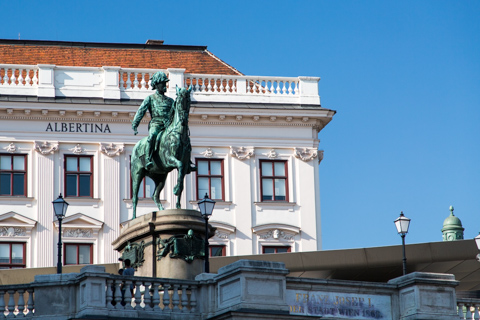
Under his command as Field Marshal, the Austrian army defeated the Italians in the Battle of Custozza in 1866. In honour of that victory, in 1899 Emperor Franz Joseph I (1830-1916) erected the monumental equestrian statue of the late Archduke in front of today's Albertina.
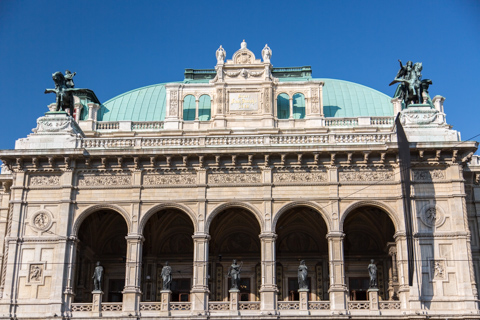
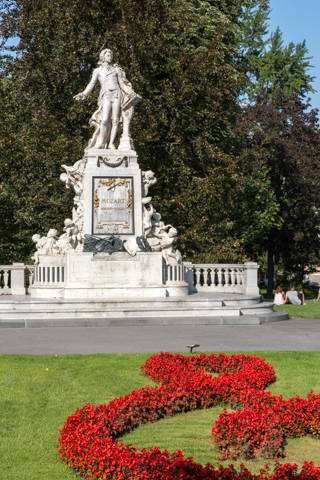
An air raid on March 12, 1945 damaged the monument - it was restored on 5 June 1953 in its current location is in the castle gardens.
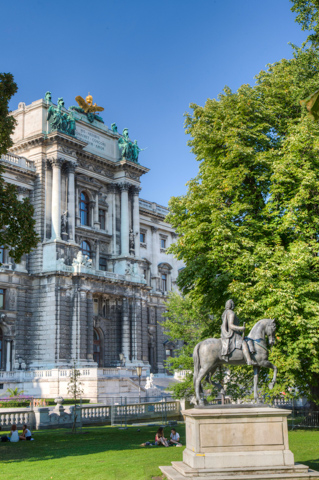
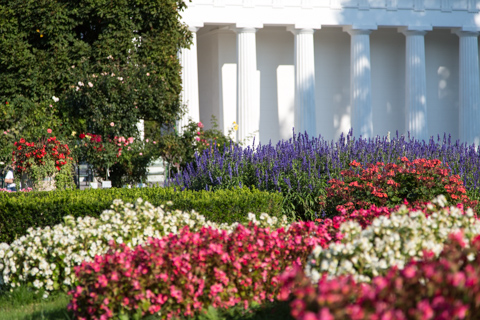
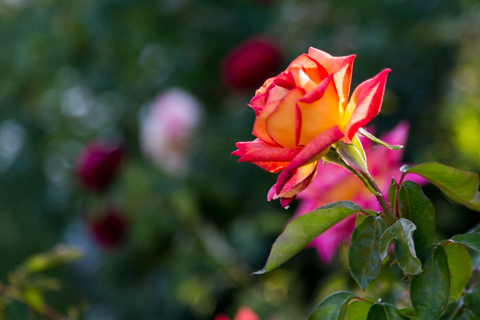
The park is famous for its beautiful rose gardens with over 3,000 rose bushes of more than 200 different types of roses.
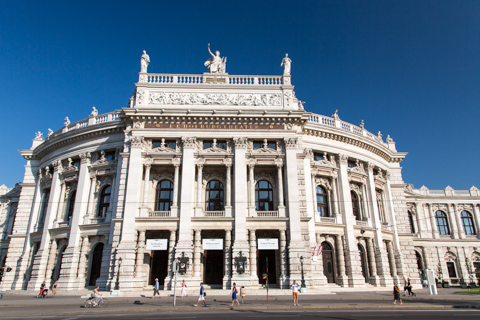
The theatre is the creation of the Habsburg Empress Maria Theresa of Austria who wanted a theatre next to her palace. Her son, Emperor Joseph II, called it the "German National Theatre" and in 1776 three Mozart operas premiered there.
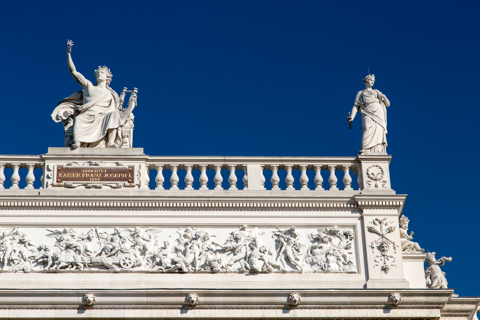
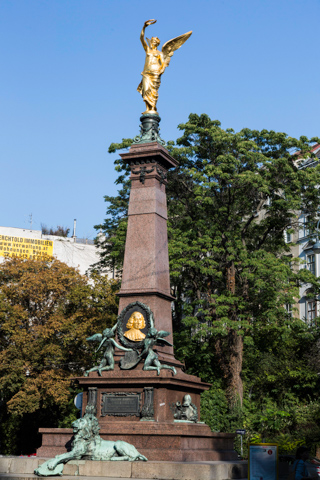
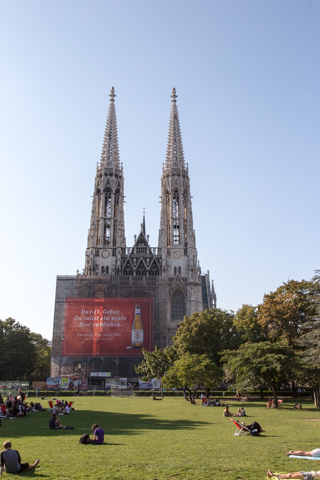
The Votive Church is a neo-Gothic church located on the Ringstrase. Following the attempted assassination of Emperor Franz Joseph in 1853, the Emperor's brother Archduke Ferdinand Maximilian inaugurated a campaign to create a church to thank God for saving the Emperor's life. Funds for construction were solicited from throughout the Empire. The church was dedicated in 1879 on the silver wedding anniversary of Emperor Franz Joseph and his wife Empress Elisabeth.

The University of Vienna is a public university. It was founded by Duke Rudolph IV in 1365 and is one of the oldest universities in the German-speaking world.
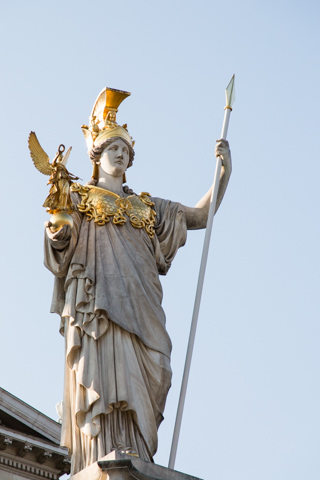
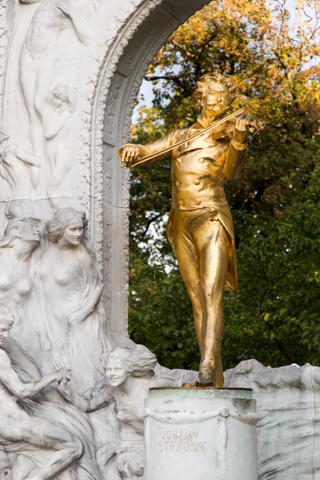
Located in the Vienna City Park it was in commemoration of the "Waltz King" Johann Strauss.
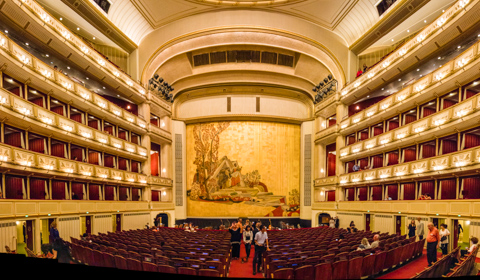
The Vienna State Opera is an opera house - and opera company - with a history dating back to the mid-19th century. It was originally called the Vienna Court Opera. In 1920, with the replacement of the Habsburg Monarchy by the First Austrian Republic, it was renamed the Vienna State Opera.


